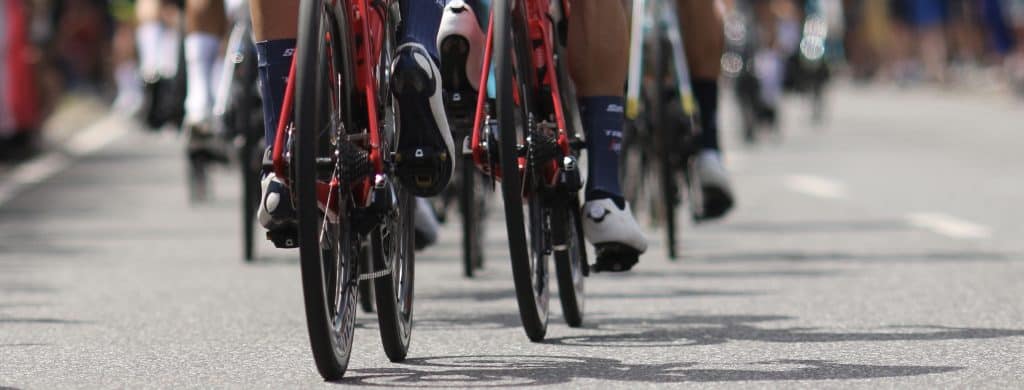I guess all of you have tried this kind of activity on your bike. We are talking about biking at intensities that can only be maintained for a very few minutes or maybe just seconds. These jumps require anaerobic power which can be trained separately in your training program. There are made several tests to measure maximum oxygen uptake in the lab, but unfortunately there are no similar possibility to measure anaerobic power. Thus, we have to develop indirect methods to evaluate anaerobic power. I think that testing with a power meter will be the best evaluation of anaerobic power for most riders. Find your average power output in a 60sec. all-out test.
Lactate is not responsible for fatigue
One of the biggest myths about anaerobic power is that lactate is responsible for the fatigue. Lactate is just a piece of sliced sugar and a couple of studies have shown that lactate itself is not produce fatigue, in fact one of the studies I will present in the future claims that lactate actually protects the muscles from fatigue. There are probably many reasons why we determine exercise at severe intensity.
Read the rest of ‘How to train for anaerobic endurance’ here.


